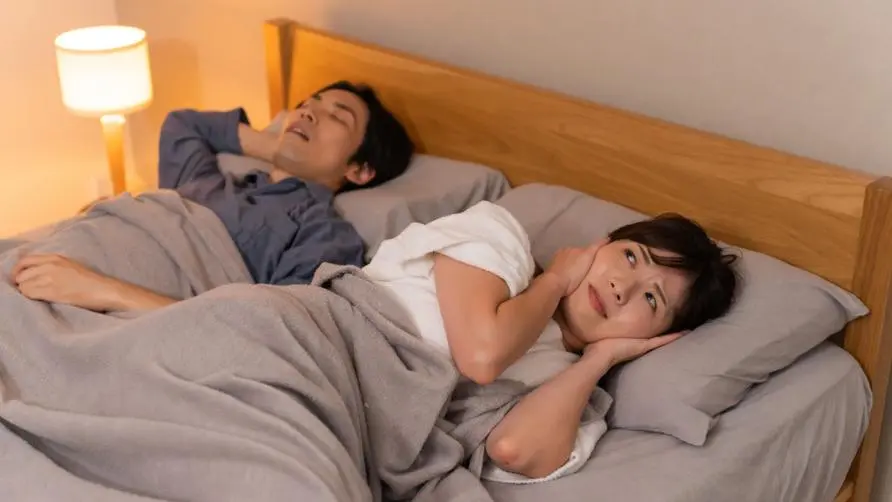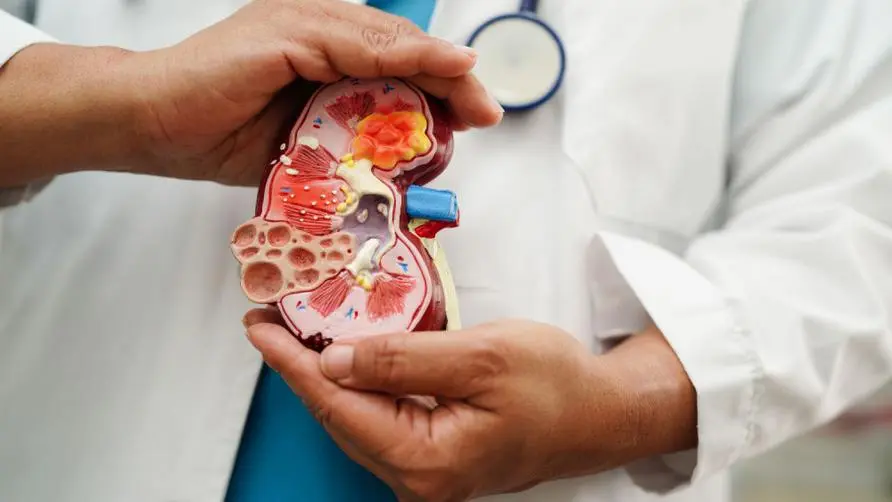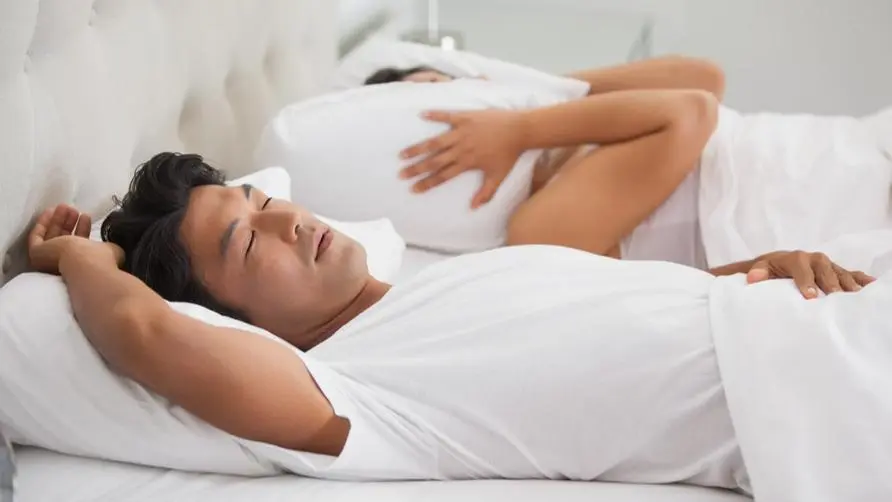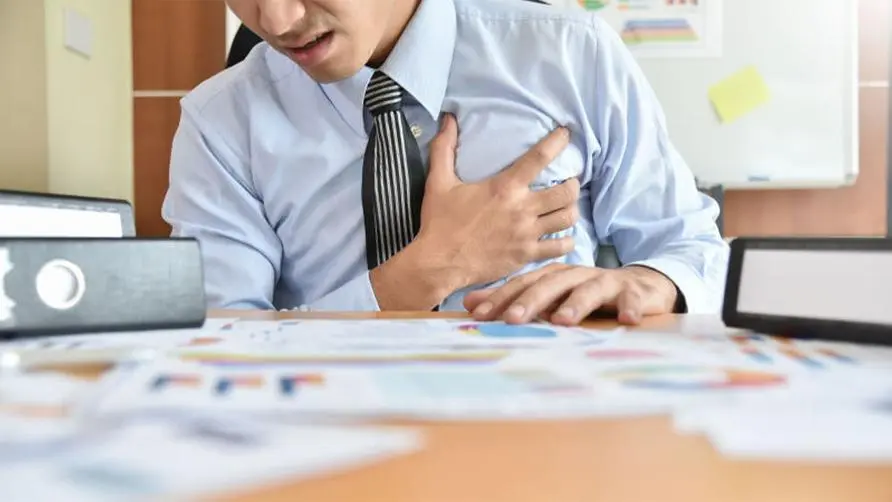Daytime sleepiness and difficulty concentrating are all related to "sleep apnea"! Doctor: Elderly people often don't know the cause of their disease

Sleep apnea is linked to stroke and heart disease! Risk increases sharply after age 60
“Sleep apnea” is the repeated collapse of the upper airway during sleep, causing shallow breathing (hypopnea) or repeated sleep apnea during sleep. It not only affects sleep quality, but also causes daytime sleepiness and inability to concentrate for a long time, affecting work efficiency. More likely to increase the risk of high blood pressure, arrhythmia, heart failure and stroke.
According to statistics, risk factors for obstructive sleep apnea include male gender, older age, overweight (higher BMI), narrow respiratory tract, chronic nasal congestion, asthma, high blood pressure, diabetes, family history, etc., and the older the There is a higher risk of developing sleep apnea. Research from various countries shows that about half of the elderly over the age of 65 have sleep problems.
The prevalence of sleep apnea in adults is quite high. About 15% of adults have sleep apnea. However, 70% of men and 56% of women over the age of 60 have sleep apnea. In recent years, studies have also noted that sleep apnea may be related to accidental injuries, and it is a major health threat to the elderly who are at higher risk of cognitive decline and accidents.
The cause of sleep apnea in the elderly is unstable breathing pattern
“Compared with patients of the general age group, the elderly have more symptoms of sleep apnea and more asymptomatic patients, and the cause of the disease tends to be unstable breathing patterns!”
In order to analyze the causes of sleep apnea in different age groups, the team of Dr. Zheng Wanru of the Center for Aging Medicine and Health and Welfare Research of the National Institutes of Health collaborated with the research team of Icelandic NOX Company, the Research Center of Harvard Medical School, and Director Hang Liangwen of the Sleep Center of China Medical University. Research results point out that the three common cause characteristics of sleep apnea in Taiwanese are: patients with high upper respiratory tract structural collapse and unstable breathing patterns are prone to drowsiness, low arousal threshold is often accompanied by insomnia symptoms, and patients with weak upper respiratory tract muscle function are prone to drowsiness. No specific symptoms. Insomnia and asymptomatic symptoms are more common in the elderly, and the cause tends to be unstable breathing patterns.
Dr. Zheng Wanru pointed out that the occurrence of sleep apnea may be easily ignored in the elderly because they do not have obvious symptoms such as drowsiness and snoring. For the elderly whose pathological characteristics favor unstable breathing patterns, it is recommended to choose medical drugs that can stabilize the breathing patterns for treatment. This research was published in the international journals “Annals of the American Thoracic Society” and “European Respiratory Journal”.
Personalized positive pressure respirator is not the only solution for sleep apnea treatment
Dr. Zheng Wanru said that in the past, the diagnosis of sleep apnea required going to a sleep center for a multi-channel sleep examination throughout the night, and the average sleep apnea index was used to judge the severity. More than 5 times per hour was considered to have sleep apnea. Although wearing a positive pressure respirator while sleeping is an effective and most common treatment method, it is not easily tolerated by patients, so treatment compliance is low.
Recent studies have shown that the symptoms and causes of sleep apnea vary from person to person. Emerging personalized treatments, such as upper respiratory tract surgery and drug therapy, can target different causes and are more acceptable to patients.
Dr. Zheng Wanru pointed out that good sleep not only eliminates fatigue and restores physical strength, but also repairs cells, reorganizes metabolism and immune function, reduces the body’s inflammatory response and heart burden, and improves mental and psychological status. This study provides an in-depth understanding of the respiratory physiological mechanism of the elderly, and also opens the door to personalized clinical treatment of sleep apnea in Taiwan. Through the etiology analysis model, we can discuss with doctors to select the most suitable treatment method and reduce the medical cost of trial and error. with time.
Source:
Endotypic traits of supine position and supine-predominant obstructive sleep apnea in Asian patients
Further reading:





